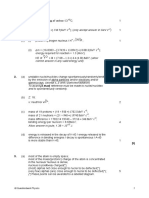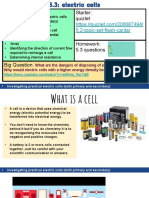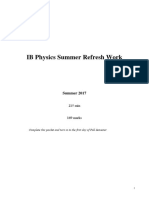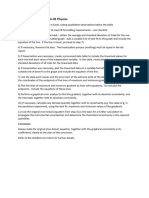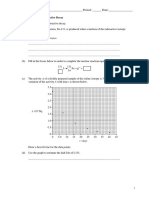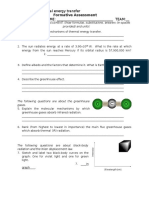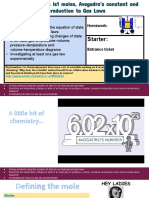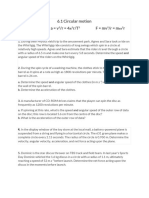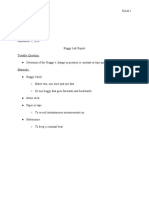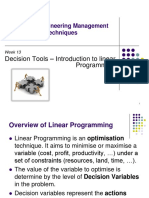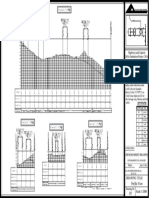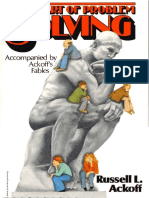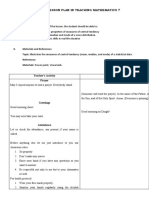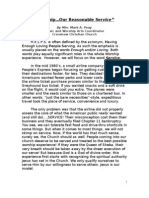0% found this document useful (0 votes)
123 views18 pagesIB Physics Practicals
The document outlines various ideas and guidelines for conducting Internal Assessments (IA) in IB Physics, focusing on both apparatus-based and physical system-based investigations. It provides a comprehensive list of potential experiments, simulations, and resources to enhance students' understanding of physics concepts. Additionally, it includes advice on how to structure IA work and engage students effectively in their investigations.
Uploaded by
david.simonCopyright
© © All Rights Reserved
We take content rights seriously. If you suspect this is your content, claim it here.
Available Formats
Download as PDF, TXT or read online on Scribd
0% found this document useful (0 votes)
123 views18 pagesIB Physics Practicals
The document outlines various ideas and guidelines for conducting Internal Assessments (IA) in IB Physics, focusing on both apparatus-based and physical system-based investigations. It provides a comprehensive list of potential experiments, simulations, and resources to enhance students' understanding of physics concepts. Additionally, it includes advice on how to structure IA work and engage students effectively in their investigations.
Uploaded by
david.simonCopyright
© © All Rights Reserved
We take content rights seriously. If you suspect this is your content, claim it here.
Available Formats
Download as PDF, TXT or read online on Scribd
/ 18






